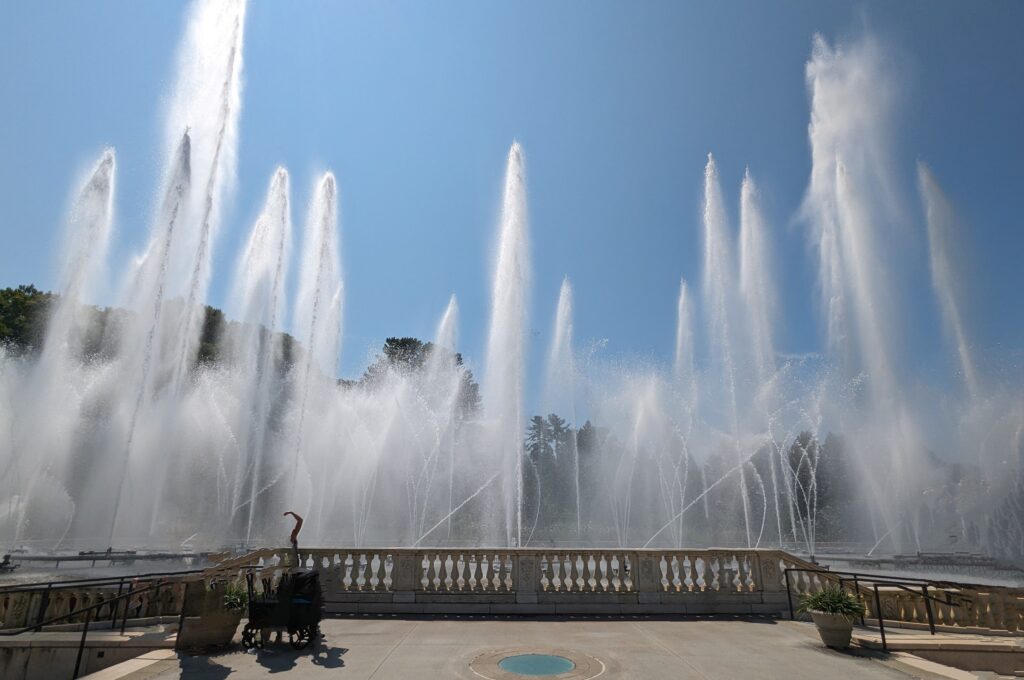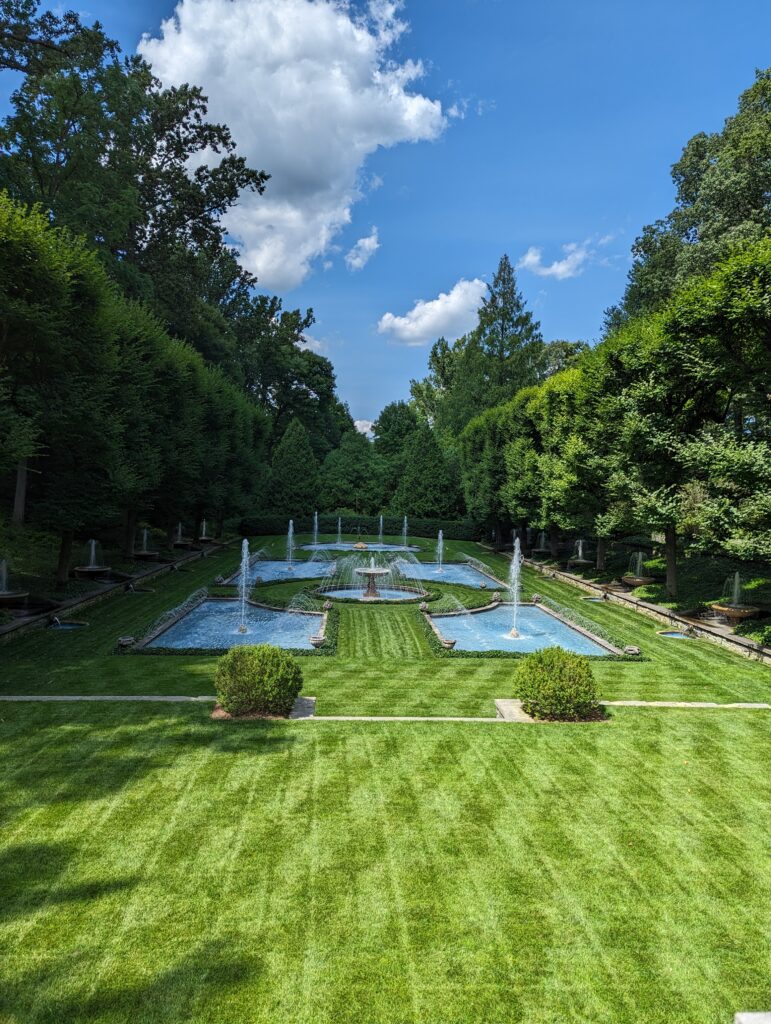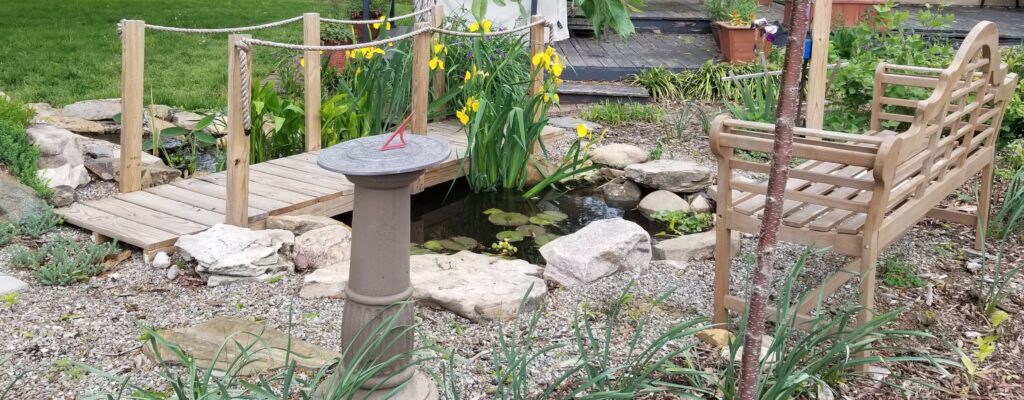Healing Waters: Therapeutic Horticulture and Water Gardening
go.ncsu.edu/readext?1070143
en Español / em Português
El inglés es el idioma de control de esta página. En la medida en que haya algún conflicto entre la traducción al inglés y la traducción, el inglés prevalece.
Al hacer clic en el enlace de traducción se activa un servicio de traducción gratuito para convertir la página al español. Al igual que con cualquier traducción por Internet, la conversión no es sensible al contexto y puede que no traduzca el texto en su significado original. NC State Extension no garantiza la exactitud del texto traducido. Por favor, tenga en cuenta que algunas aplicaciones y/o servicios pueden no funcionar como se espera cuando se traducen.
Português
Inglês é o idioma de controle desta página. Na medida que haja algum conflito entre o texto original em Inglês e a tradução, o Inglês prevalece.
Ao clicar no link de tradução, um serviço gratuito de tradução será ativado para converter a página para o Português. Como em qualquer tradução pela internet, a conversão não é sensivel ao contexto e pode não ocorrer a tradução para o significado orginal. O serviço de Extensão da Carolina do Norte (NC State Extension) não garante a exatidão do texto traduzido. Por favor, observe que algumas funções ou serviços podem não funcionar como esperado após a tradução.
English
English is the controlling language of this page. To the extent there is any conflict between the English text and the translation, English controls.
Clicking on the translation link activates a free translation service to convert the page to Spanish. As with any Internet translation, the conversion is not context-sensitive and may not translate the text to its original meaning. NC State Extension does not guarantee the accuracy of the translated text. Please note that some applications and/or services may not function as expected when translated.
Collapse ▲Therapeutic Horticulture and the Soothing Symphony of Water Gardens
July is National Water Gardening Month, a perfect time to reflect on the profound connection between water and well-being. While we often think of traditional gardens with soil and raised beds, there’s a unique and often overlooked realm of therapeutic horticulture: the world of water.
Water, in its essence, mirrors life. It can be calm and serene, like a still pond reflecting the sky, or turbulent and challenging, like a rushing river navigating rapids. We, too, experience these ebbs and flows, these moments of tranquility and times of difficulty. Just as a river carves a path through the toughest stone, we too possess an innate resilience, a capacity to adapt and overcome. And just as a garden can be a place of refuge, so can the presence of water.
The Therapeutic Power of Water
Therapeutic horticulture, at its core, is about using plants and gardening activities to improve mental, emotional, and physical well-being. When we incorporate water, a whole new dimension of healing opens up.
- Sensory Immersion: The gentle sounds of flowing water, the cool mist on our skin, the vibrant colors of aquatic plants – these elements create a multi-sensory experience that can be incredibly calming and restorative. It’s a gentle reminder to slow down, to be present, and to engage our senses.
- Metaphorical Reflection: Water features can serve as powerful metaphors for life’s journey. A fountain, with its continuous flow, can represent the cyclical nature of life, with its ups and downs, its beginnings and endings. A still pond can symbolize introspection and the importance of finding peace within.
- A Source of Life and Growth: Just as water nourishes plants, it also nourishes us. It revitalizes, cleanses, and promotes growth. Engaging with water in a garden setting can remind us of our own capacity for renewal and transformation.
Creating a Healing Waterscape
Water gardening, whether on a large or small scale, offers a unique opportunity for therapeutic engagement. Here are some ideas:
- Pond Creation: Building a pond, even a containerized one, can be a deeply satisfying and therapeutic process. From designing the shape to selecting the plants, it requires planning, patience, and nurturing – qualities that are essential for personal growth.
- Water Plant Cultivation: Aquatic plants, with their unique textures and forms, add beauty and tranquility to any water feature. Caring for these plants, propagating them, and watching them thrive can instill a sense of accomplishment and connection to the natural world.
- Water Features: Even a simple water fountain on a balcony or patio can provide a soothing ambiance and a connection to the element of water. The gentle sound can help to mask intrusive thoughts and promote relaxation.
During this National Water Gardening Month, let’s embrace the therapeutic power of water. Whether you’re creating a backyard pond, tending to a small container water garden, or simply sitting by a stream, allow the presence of water to wash away your worries, nourish your spirit, and remind you of your own resilience.





